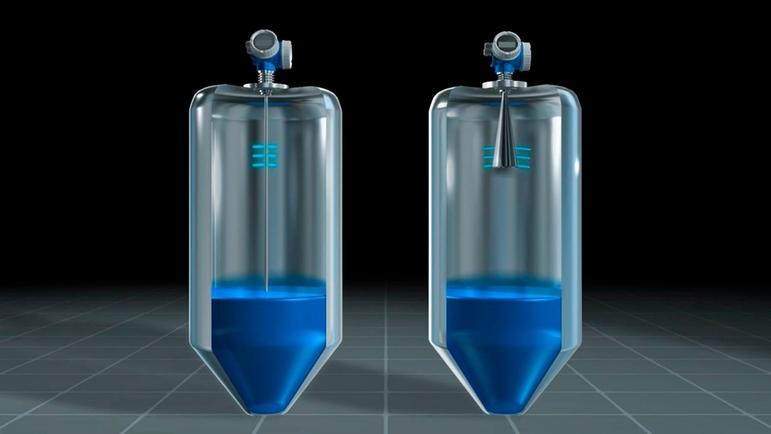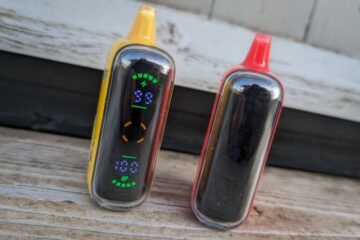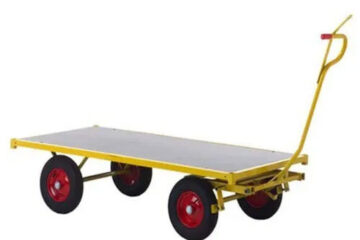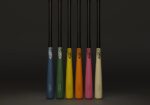Everything You Need To Know About Ultrasonic Level Transmitters

Continuous, non-contact, and maintenance-free level measurement of fluids, pastes, sludges, and powdered to coarse bulk materials is possible with the ultrasonic level measurement using Prosonic sensors. The measurement is unaffected by the dielectric constant, density, or humidity and build-up due to the sensors’ self-cleaning action. EMC’s Endress+Hauser business uses our products. Offers many Ultrasonic Transmitter series with various features appropriate for multiple applications. The audible sound is an example of sonic.
Transmitters of Ultrasonic Levels
Ultrasonic Level Transmitters are a type of non-contact level sensing device akin to radar or sonar. The piezoelectric transducer produces ultrasonic sound waves at a high frequency. Ultrasonic frequencies, typically between 40 to 200 kHz for a level transmitter, are above the sound levels that humans can hear. The piezoelectric transducer will also generate an electrical signal when it receives an ultrasound. Therefore the piezoelectric crystal will both generate and receive ultrasound waves.
What is the Function of Ultrasonic Sensors?
Ultrasonic sensors operate by releasing extremely high-frequency soundwaves that are invisible to human ears. The measured object will bounce the sound waves back to the sensor. The sensor’s response, which is dependent on the strength of these reflections, can subsequently be used to identify the object’s distance, position, or even shape.
What is The Ultrasonic Level Measurement Principle?
Ultrasonic waves work the same way radar does in detecting an item. Radar employs radio signals, while ultrasonic uses sound waves. When an ultrasonic pulse signal is directed at an item, the object reflects the signal, and the echo is sent back to the sender. The ultrasonic pulse’s travel time is computed, and the object’s distance is determined. Bats employ well-known techniques to calculate distance while flying. The ultrasonic level measurement concept is also used to locate fish in the ocean, submarines below water level, and a scuba diver’s position in the water.
Ultrasonic Level Transmitter Benefits: The ultrasonic level transmitter has no moving parts and can measure level without directly touching the object. This common transmitter feature aids in measuring levels in tanks containing caustic, boiling, or toxic substances. Furthermore, even when the chemical composition or dielectric constant of the materials in the process fluids vary, the reading accuracy is unaltered.
Wear Free
Since ultrasonic sensors do not have any moving parts, they are fully wear-free and have a longer lifespan than touching sensors.
Exceptionally accurate
Due to the way ultrasonic sensors work is highly accurate and can detect very few location changes. They can also calculate the thickness of an object and the depth of a parallel surface.
Shape Detection
While other types of position sensors may detect an object’s position, an ultrasonic sensor shines in its ability to discern object sizes and shapes. This increases their application flexibility significantly. Ultrasonic position sensors can detect and measure various materials, regardless of their surface or colour.
Easy to Use – Another advantage of ultrasonic sensors is that they are simple to integrate with a microcontroller and do not pose a hazard to utilise.
Ultrasonic Level Transmitter Limitations:
When the ultrasound received echo is of appropriate quality, ultrasonic level transmitters are the best level measuring instruments. It is not as convenient when the tank depth is high, or the echo is absorbed or distributed. The object should not absorb sound. It is also undesirable for tanks with excessive smoke or high moisture density.
Ultrasonic Level Sensors For Continuous Level Measurement in Liquids and Solids
Ultrasonic level measurement of fluids, pastes, sludges, and powdered to coarse bulk solids enables a continuous, non-contact, and maintenance-free level measurement. In addition, due to the self-cleaning function of the sensors, the measurement is unaffected by dielectric constant, density, or humidity, as well as the build-up. Please contact us to learn more about the wide range of ultrasonic sensors and transmitters available to meet your needs.
Do you want to buy a level transmitter in New Zealand? We have the greatest choice of level measurement equipment available at EMC Industrial Group, all from our premier supplier, Endress+Hauser. Let us know the specifics of your application, and we’ll assist you in selecting the level measurement equipment that best meets your requirements.




















